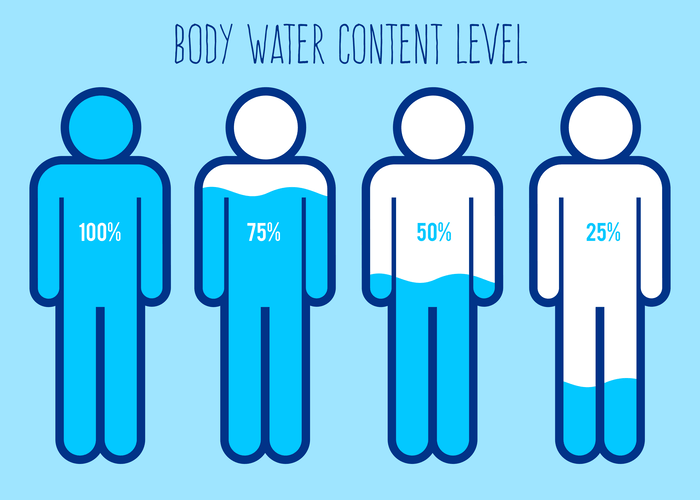Content
Myocardial impairment following chronic excessive alcohol intake has been evaluated using echocardiographic and haemodynamic measurements in a significant number of reports. In these studies, haemodynamic and echocardiographic parameters were measured in individuals starting an alcohol withdrawal program. The findings were analysed taking into account the amount and chronicity of intake and they were compared with the same parameters measured in a control group of non-drinkers. Alcoholic cardiomyopathy can present with signs and symptoms of congestive heart failure. Symptoms include gradual onset worsening shortness of breath, orthopnea/paroxysmal nocturnal dyspnea. Palpitations and syncopal episodes can occur due to tachyarrhythmias seen in alcoholic cardiomyopathy.
Treatment may include medications, lifestyle changes, and in some cases, surgery. However, alcoholic cardiomyopathy is a serious condition and should be treated by a doctor. Heart failure is a relatively common condition that affects over 5 million adults in the United States. It can be caused by other heart conditions such as coronary artery disease or cardiomyopathy, but it often results from years of heavy drinking. This form of cardiomyopathy weakens the heart’s walls, which causes them to stretch or become enlarged.
How should I change my diet if I have this condition?
This activity highlights the role of the interprofessional team in caring for patients with this condition. Alcoholic cardiomyopathy is a severe consequence of chronic alcohol abuse and is a form of dilated cardiomyopathy. Current research into the pathogenesis of this condition has refined our understanding of the direct and indirect toxic effects of alcohol on the heart. Epidemiological studies Top 5 Questions to Ask Yourself When Choosing Sober House attribute a significant role to alcohol abuse as a cardiovascular risk factor while clinical reports have established that alcoholic cardiomyopathy results in increased morbidity and mortality. Initially a clinically silent condition that can be detected by echocardiographic and electrocardiographic abnormalities, alcoholic cardiomyopathy slowly progresses to overt low-output heart failure.
Early detection of the subtle signs of cardiac abnormalities can lead to the early clinical treatment and better prognosis. Although 2DE has been used to explore the cardiac dysfunctions in chronic alcohol abusers, there has, however, been no report on 3DE cardiac evaluation in alcoholics, or a comparison of 3DE and 2DE assessment on ACM. Therefore, the aim of this study is to reveal the capability of 3DE in detecting the subtle changes of LV cardiac structure, function, and mechanical dyssynchrony in patients with varied consumption rates. Regarding ICD and CRT implantation, the same criteria as in DCM are used in ACM, although it is known that excessive alcohol intake is specifically linked to ventricular arrhythmia and sudden cardiac death[71]. Future studies in ACM should also address this topic, which has important economic consequences.
What Are the Many Forms of Alcoholic Cardiomyopathy?
Askanas et al[21] found a significant increase in the myocardial mass and of the pre-ejection periods in drinkers of over 12 oz of whisky (approximately 120 g of alcohol) compared to a control group of non-drinkers. However, no differences were found in these parameters between the sub-group of individuals who had been drinking for 5 to 14 years and the sub-group of individuals who had a drinking history of over 15 years. Kino et al[22] found increased ventricular thickness when consumption exceeded 75 mL/d (60 g) of ethanol, and the increase was higher among those subjects who consumed over 125 mL/d (100 g), without specifying the duration of consumption. In another study on this topic, Lazarević et al[23] divided a cohort of 89 asymptomatic individuals whose consumption exceeded 80 g/d (8 standard units) into 3 groups according to the duration of their alcohol abuse. Subjects with a shorter period of alcohol abuse, from 5 to 10 years, had a significant increase in left ventricular diameter and volume compared to the control group. However, a systolic impairment was not found as the years of alcoholic abuse continued.






